Architecture of Italy
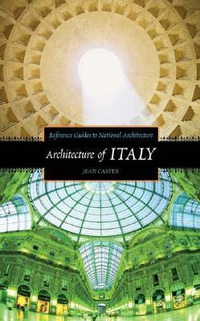
Summary
Covering all regions of Italy―from Turin's Palace of Labor in northern Italy to the Monreale Cathedral and Cloister in Sicily―and all periods of Italian architecture―from the first-century Colosseum in Rome to the Casa Rustica apartments built in Milan in the 1930s―this volume examines over 70 of Italy's most important architectural landmarks. Writing in an authoritative yet engaging style, Jean Castex, professor of architectural history at the Versailles School of Architecture, describes the features, functions, and historical importance of each structure. Besides idetifying location, style, architects, and periods of initial construction and major renovations, the cross-referenced and illustrated entries also highlight architectural and historical terms explained in the Glossay and conclude with a useful listing of further information resources. The volume also offers ready-reference lists of entries by location, architectural style, and time period, as well as a general bibliography, a detailed subject index, and a comprehensive introductory overview of Italian architecture.
Entries cover major architectural structures as well as smaller sites, including everything from the well-known dome of St. Peter's at the Vatican to the Fiat Lingotto Plant in Turin. Ideal for college and high school students, as well as for interested general readers, this comprehensive look at the architecture of Italy is an indispensable addition to every architectural reference collection.
Similar Books
-
 London Cemeteries
London Cemeteriesby Hugh Meller
-
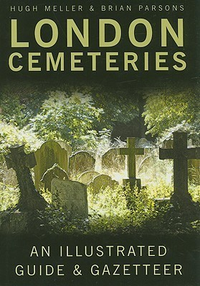 London Cemeteries: An Illustrated Guide & Gazetteer
London Cemeteries: An Illustrated Guide & Gazetteerby Hugh Meller
-
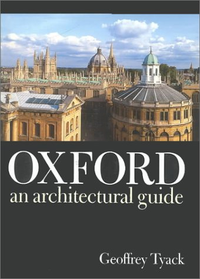 Oxford: An Architectural Guide
Oxford: An Architectural Guideby Geoffrey Tyack
-
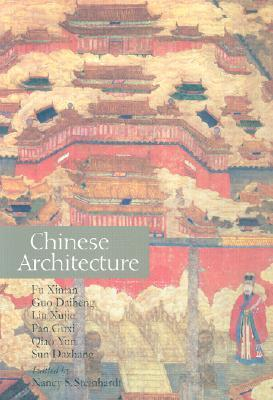 Chinese Architecture
Chinese Architectureby Fu Xinian
-
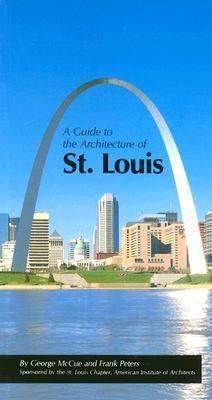 A Guide to the Architecture of St. Louis
A Guide to the Architecture of St. Louisby George McCue
-
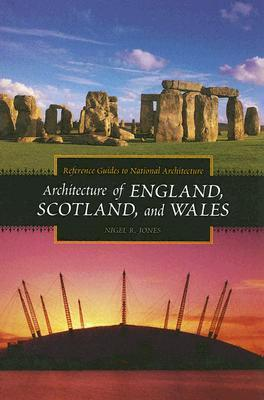 Architecture of England, Scotland, and Wales
Architecture of England, Scotland, and Walesby Nigel R. Jones
-
 Greek Traditional Architecture: Eastern Aegean-sporades-ionian Islands
Greek Traditional Architecture: Eastern Aegean-sporades-ionian Islandsby Dimitri Philippides